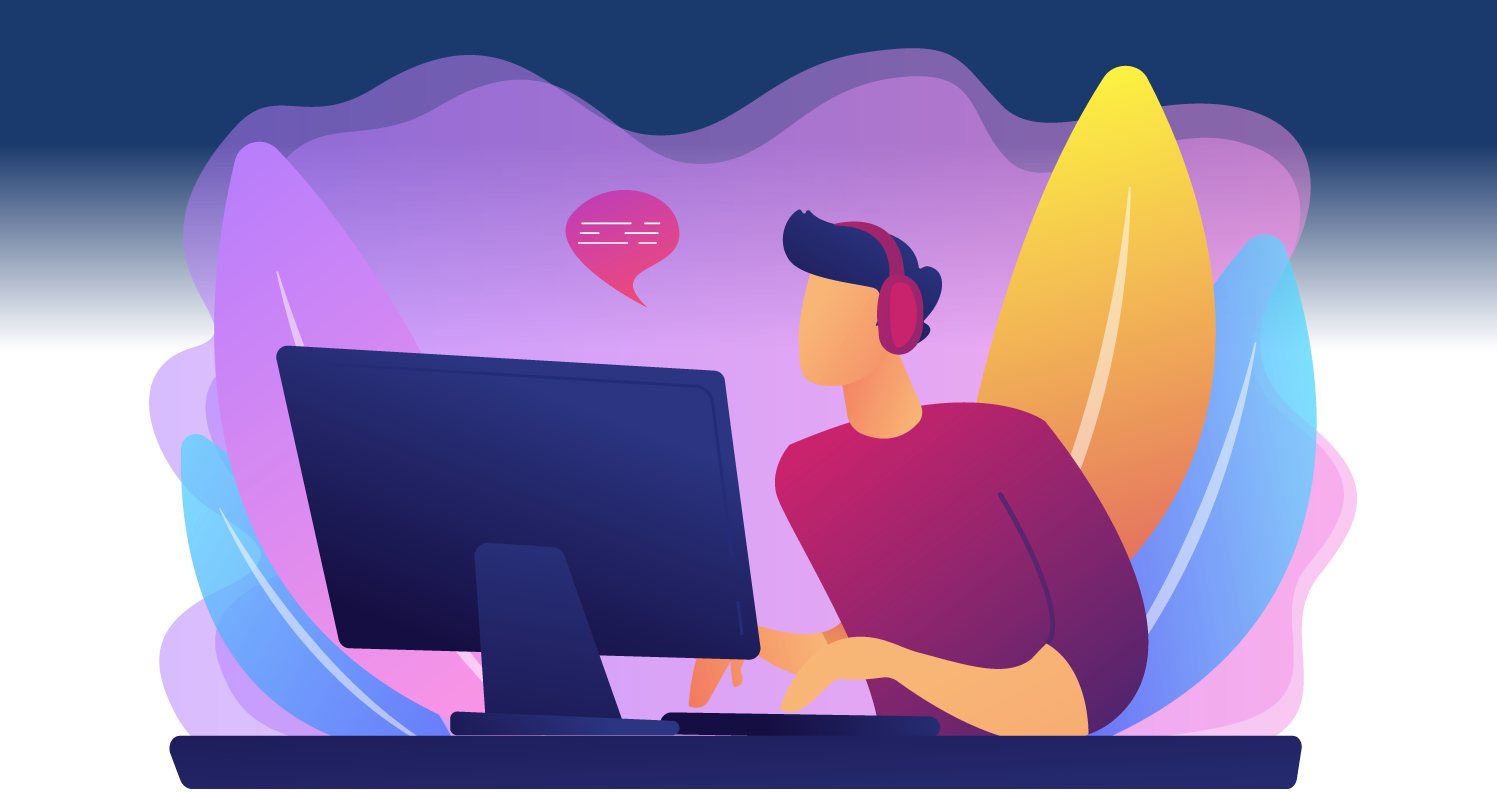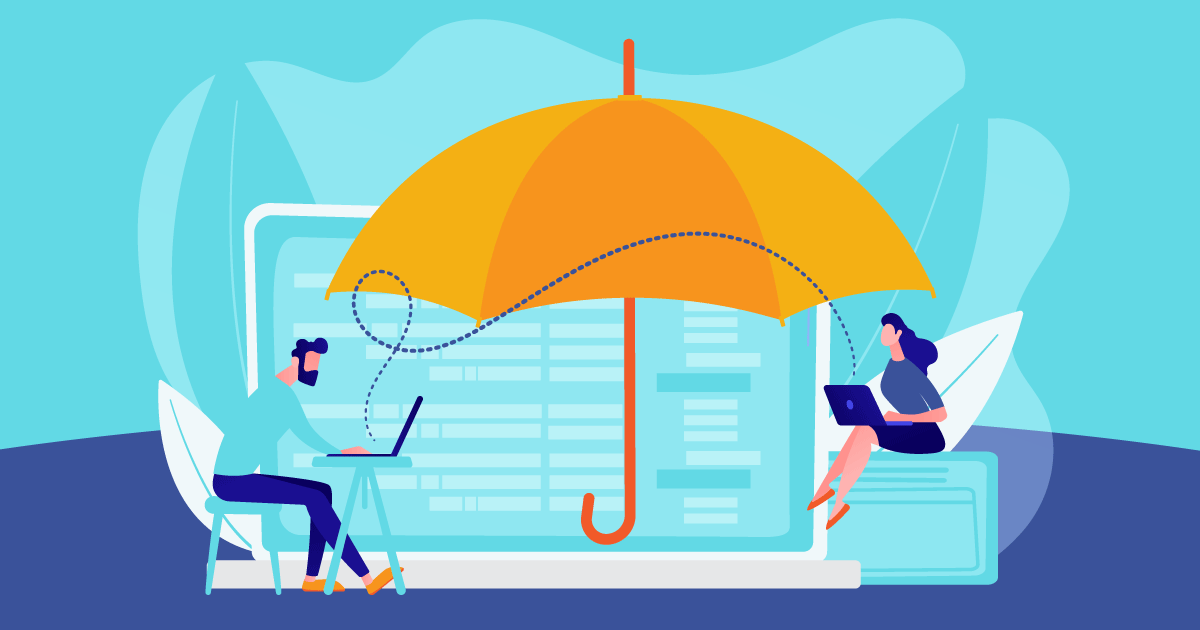The rapidly evolving landscape of wearable technology presents a unique mix of opportunities and challenges for developers. From smartwatches to fitness trackers, these devices are an integral part of the digital ecosystem. This blog discusses the opportunities and limitations associated with developing Android apps for wearables and highlights the importance of understanding the Android app development lifecycle.
Opportunities in Wearable App Development
1. Enhanced User Experience
Wearable apps can dramatically enhance the user experience through personalization, convenience, and accessibility right from the user’s wrist. The compact nature of the wearable allows for quick communication and instant feedback, making it ideal for monitoring reports, instant feedback, and health statistics.
2. Health and Fitness Applications
One of the major uses of wearable devices is health and fitness applications. These apps can track a variety of health data including heart rate, steps taken, and sleep patterns. The data collected can be used to provide insights and recommendations, helping users maintain a healthy lifestyle.
3. Integration with Other Devices
Wearable devices are often part of the Internet of Things (IoT) ecosystem, where seamless connectivity and integration with other devices are essential. This connectivity allows a rich, unified user experience and opens up possibilities for new applications.
4. Innovative Features
Modern wearable devices have gesture controls, voice commands, and AI integration, expanding the possibilities for developers. These features can provide hands-free and intelligent user interactions, taking the app’s performance to new heights.
Constraints in Developing Wearable Apps
1. Limited Screen Size
The small screen of wearable devices presents significant design challenges. Developers need to create simplified interfaces that concisely provide important information and ensure that the app is understandable and accessible.
2. Battery Life
Power management is important in wearable devices. Developers must implement optimization strategies to ensure their apps don’t drain the battery too quickly. Balancing performance and energy efficiency is key to creating a wearable app.
3. Hardware Limitations
Wearables generally have limited processing power and memory compared to smartphones. As a result, developers must write effective code and use features wisely to ensure smooth app performance.
4. User Interaction
The limitations of small screens and limited input options necessitate alternative methods of user interaction. Easy combinations of voice commands, gesture controls, and touches are needed to provide a user-friendly experience.
5. Compatibility Issues
Ensuring that the app works properly on wearable devices is a common challenge. To ensure maximum compatibility, developers must account for differences in hardware, screen resolution, and operating system.
Best Practices for Developing Wearable Apps
1. User-Centric Design
Prioritize ease of use and accessibility in wearable app design. The user-centric approach ensures that the app meets the user’s effectively well and provides a pleasant user experience.
2. Efficient Resource Management
For wearable apps, optimizing performance and battery life is paramount. Developers should focus on reducing the power consumption of the application and managing the limited hardware resources available.
3. Security and Privacy
Data protection is important, especially for health and fitness applications that deal with sensitive information. Strong security measures can ensure user privacy, build trust, and encourage user adoption.
4. Testing and Iteration
Thorough testing is necessary to detect and fix bugs and errors caused by assembly issues or limited hardware resources. Developers must also be willing to redesign and improve the app based on user feedback.
5. Collaboration with Wearable Device Manufacturers
Collaborating with developers can provide valuable insights into the capabilities and limitations of wearable devices, and help developers optimize their apps for specific devices.
6. Staying Up-to-Date with Technology Advancements
Wearable technology is constantly evolving, making it important for developers to stay up to date on the latest trends. Keeping up to date on new hardware and software updates can help developers create innovative and competitive apps.
7. Utilizing Built-In Features
Wearable devices offer built-in features such as sensors, GPS, voice recognition, and other features that developers can use to improve the functionality of their apps. The creative use of these features inside can add value and uniqueness to an app.
Future Trends in Wearable App Development
1. Advancements in Hardware
Continued improvements in sensor technology and the development of new form factors will expand the possibilities of wearable apps. The increased capacity will allow for more sophisticated and varied applications.
2. AI and Machine Learning
The integration of AI and machine learning will further enhance app functionality and personalization. This technology can enable wearables to provide more intelligent and dynamic services to users.
3. Wearable Ecosystem Expansion
Collaborating with other technologists will expand the wearable ecosystem. Seamlessly integrating devices with other services can create richer and more efficient user experiences.
4. Focus on Health and Wellness
The growing health and wellness trend will continue to drive the development of wearable apps. More advanced sensors and analytics will allow users to track and manage their health in real-time.
Conclusion
Android apps designed for wearables offer a unique set of opportunities and constraints. Understanding and navigating the Android app development lifecycle is essential to creating successful wearable apps. As hardware improves and AI becomes more integrated, the future of wearable apps looks promising, with endless innovation and user engagement.
Author Bio:- Ana is a Digital Marketing Manager at a Leading Mobile App Development Company. Apart from working on a long-lasting relationship with customers and boosting business revenue, I enjoy sharing my knowledge of various technologies by writing successful blog posts and articles.










